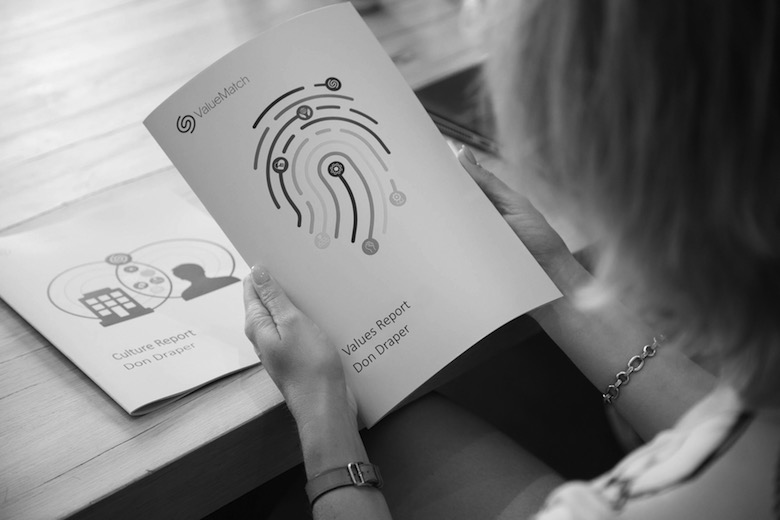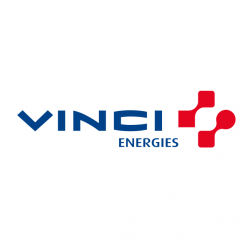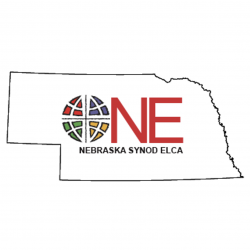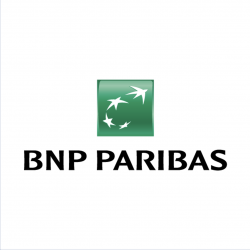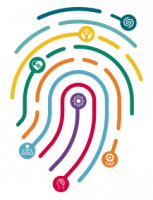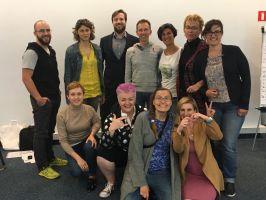Re: The Seventh Code
Posted by: Dr. Don Beck
Sat Sep 30, 2006 5:34 pm (PST)
Clearly, the contours of Yellow (GT-Systemic/Authentic) have not been etched in tin much less set in concrete. But, with all due respect to other developmental models, this highlights the uniqueness of the Gravesian/SDi perspective in that it does address, with great specificity, how each new memetic code actually appears; what are the Life Conditions that spark and drive it; and how Life Problems "G" will awaken the capacities (T) to deal with new realities, new challenges, and new threats as well.
What Wilber is searching for with regard to "altitude" that provides the totem pole for development is, in our view, the accumulation of the memetic codes or schemes (with the multiple expressions of content or themes) that form societal stacks that maintain all of the awakened codes and set the stage for new ones in the future. This is what we call "The Double Helix"; namely the interaction between Life Experiences and the complex adaptive, contextual intelligences - micro, meso, and macro - that rise in human thinking and priority setting experiences. (This also explains why we put the amazing spiral right in the vortex of the quadrants as the regulating intelligence that governs the relative strength, density, ordering, and relevance of the emerging "levels" and "lines.") This provides the verb, the dynamic element, and the intelligence within the spine or core of the spiral itself. (Actually, Spiral Dynamics is about the master code rather than the specific manifestations of the master code over time and in conceptual space.) Too often many simply reduce the complex model to specific levels and miss entirely the essence of the point of view.
The Gravesian "bio-psycho-social" model argues that mind and brain cannot be separated, that activity in the Upper Right impacts development in the Upper Left and vice versa; otherwise, how can the approach be truly "integral." Years ago, while a fledgling Ph D student at the University of Oklahoma, we were discounting the artificial polarities between thinking and feeling, thoughts and emotions, and even psychology and biology. Muzafer Sherif was one of the founding principals of the field of Social Psychology so our focus, then, was on cognitive structures and domains, that "integrated" person and group dynamics. You recall he was the originator of the famous auto kinetic light experiment as well as the celebrated Robbers' Cave intragroup and intergroup conflict reduction framework.
This, then, becomes the context for what GT-Yellow will be, at least within the Gravesian/SDi and Second Tier concept and language. There are, of course, other points of view as to how/why/when "value systems" appear -- in what arrangement, mesh, sequence, and "developmental" stacking -- but I would caution against expropriating Graves/SDi language and symbols to fill in holes in other models. Better to keep each theoretical package and stream unique and separate otherwise one is confusing apples with oranges and is corrupting the essential purity and seamlessness of elegant models. I decided some time ago to stay with the Gravesian perspective while respecting the invisible spiral and honoring all of the systemic models. I also find it is much easier to work with practical people in reality settings by framing issues within the systemics of an internally logical set of definitions and perceptions of the critical variables.
We are being overwhelmed at the number of people who are reporting their experiences in the Green to Yellow dance. All of these reports are actually making history as Life Conditions are driving the passages through a vast array of feelings, textures, hues, and quests. In short, the Yellow textbook is now being written by individuals who have been struggling with their own experiences and sharing these with us. It always helps, however, to focus on what the conditions are, internal and external, that are being confronted, and how they are different from both Life Conditions "F" -- producing Green -- and Life Conditions "H" -- producing Turquoise ("U").
These ideas might help.
First, it is important to avoid the linear trap; that is, the tendency to think of climbing a ladder where one leaves one step totally before moving to the next. Since these codes are more like complex chords than individual notes, one always has blends and admixtures. Further, as Mike Jay will point out in Boulder in late October, "density" development is as important as vertical up-shifts. The entire spiral is within us as opposed to our being on the spiral. In our work within organizations we always, for example, look for the dominant warm color (red, orange, or yellow) and dominant cool color (purple, blue, green or turquoise) rather than search for a single defining color. This means our "yellow" will have other colors within it, with diverse manifestations of density and ego-involvement and, of course, with many, many different expressions of each (Content). Yellow with strong Blue as a subset will be different from Yellow with a powerful Orange as an alloy. The pressing need in "G" is to find new ways to connect entities beyond, but often including, both top-down, hierarchical models or expansive egalitarian arrangements. This capacity to connect the dots does require a mother board on which the dots can be connected; the nature of the glue that binds them together; and the intelligence to moderate the flow of energy and resources among them.
Second, I believe the general feeling of loneliness is generated by the transition from the warmth and humanness of collective Green into the first display of individuality (existentialism) within the 7th Code. One is literally alone with few comrades or mates. This entails being outside the dominant culture(s) for sure, and often one is separated from both the internal motives that drive meaning and purpose as well as the external arrangement of teams and associations around common cause. I believe stage two in the development of Yellow reacquaints one with the earlier codes where one can bond with them once again but without attachments or obsessiveness that characterized the First Tier expressions. One can literally relish trips through Purple, Red, Blue, Orange and Green zones which provide variety and richness in the human experience. I spoke recently of the "Meme Gym" concept and suggested that we find places and experiences where we can exercise all of the First Tier codes.
Third, and I really sensed this when I attended the first European SDi Confab in the Netherlands last week. Peter Merry and others in his expanding constellation are actually creating the models of individual collectivism -- in an imaginative fashion. You can read about it at the Center for Human Emergence website. (Just enter the website and click on the Dutch flag and read for yourself.) Just as the critical difference between Red and Orange is reflected in the discipline within Blue, and the element that differentiates Blue from Green is in the autonomous self within Orange, Green can only transform into Turquoise through the verticality, practicality, and 'stuff that works' qualities within Yellow. Beware of the large number of "Green" organizations, think tanks, movements, and alliances who are claiming that they have the codes to untangle the global knot. Simply changing names or dressing up websites and PowerPoint presentations won't get it done. I know this idea does not make me popular, but I gave up on that goal some time ago.
Finally, the book Spiral Dynamics contains a number of the descriptors of the 7th Code, primarily from the original writing of Clare W. Graves. I suspect for many of us we will sense a shift from a human-centric to a systems-centric perspective. We will seek to improve the human condition through the design of natural systems and arrangements which, as they unfold, will address many human problems in a much more effective manner than the F-S world view. We will discover a higher level of caring than what is expressed in Green. We will develop more of a pragmatic versus idealistic approach. We will accept that attempts to push the river will only result in frustration and often resistance to what we are trying to accomplish. We will work with Life Conditions, with the structure and texture of vMemetic Codes, and, in addition, with the content the code has permeated and impacted. And, we will accept that life itself is full of paradoxes, mystery, wonderment, sudden surprises, with peaks and valleys of emotions and feelings. Life becomes a journey, not a destination. And, we develop a deep respect and acceptance of the nature of ebb and flow as we experience life and all that it involves.
We will do the change that the world needs done.
